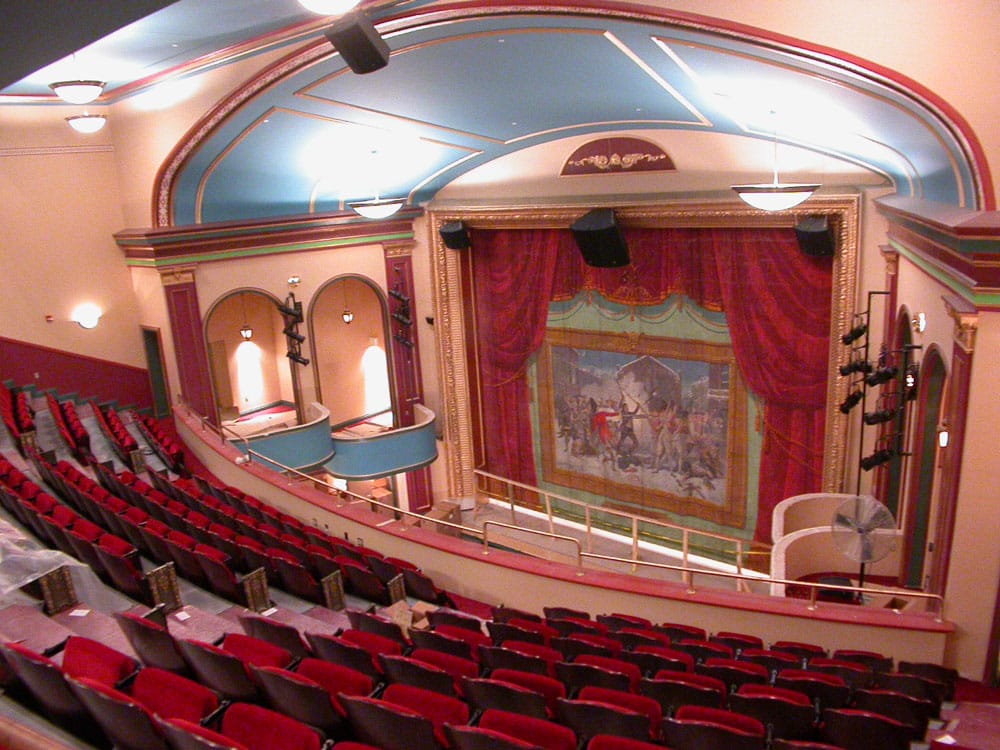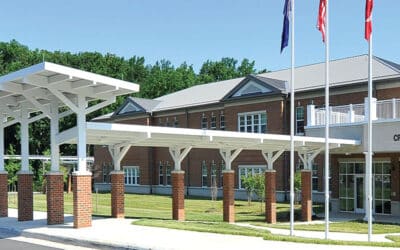History:
The Attucks Theatre was financed, designed, and constructed by African American entrepreneurs in 1919. At the age of 25, African American architect, Harvey Johnson, designed the Attucks Theatre. The theatre was renamed the “Booker T” in 1933 and continued to serve the cultural needs of the African American Community until the early 1950s.
Cab Calloway, Bessie Smith, Dinah Washington, Nat King Cole, Duke Ellington and Red Foxx were only a few of the stars who commanded the Attucks stage. The venue was also known for its vaudeville entertainment and movie showings. The theater has been on the National Register of Historic Places since 1982.


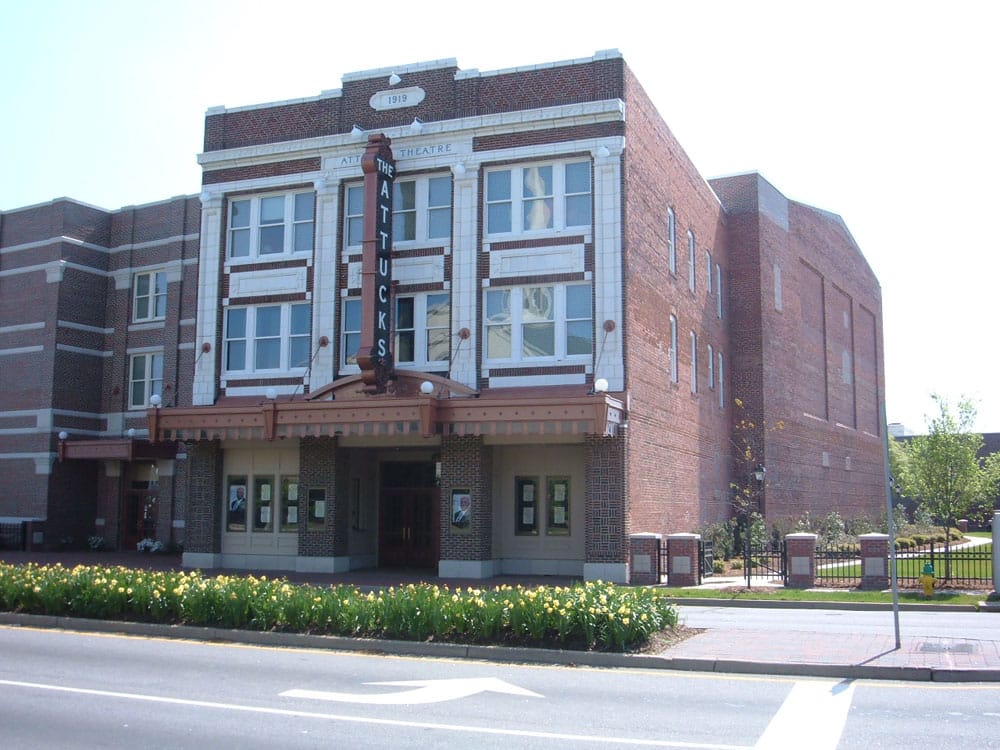
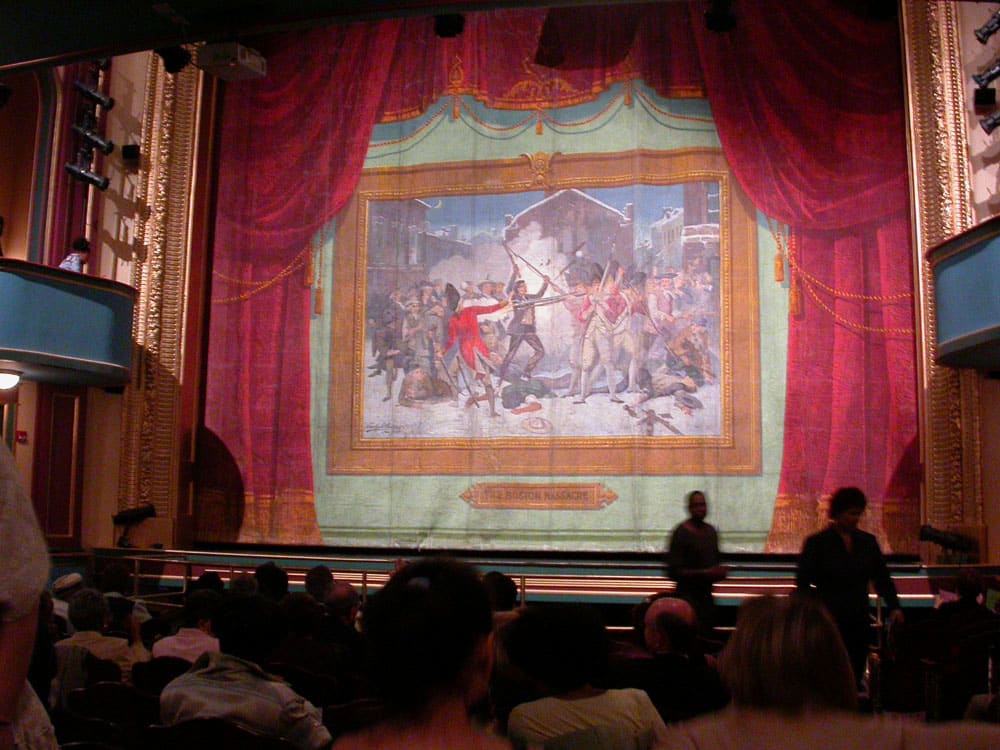
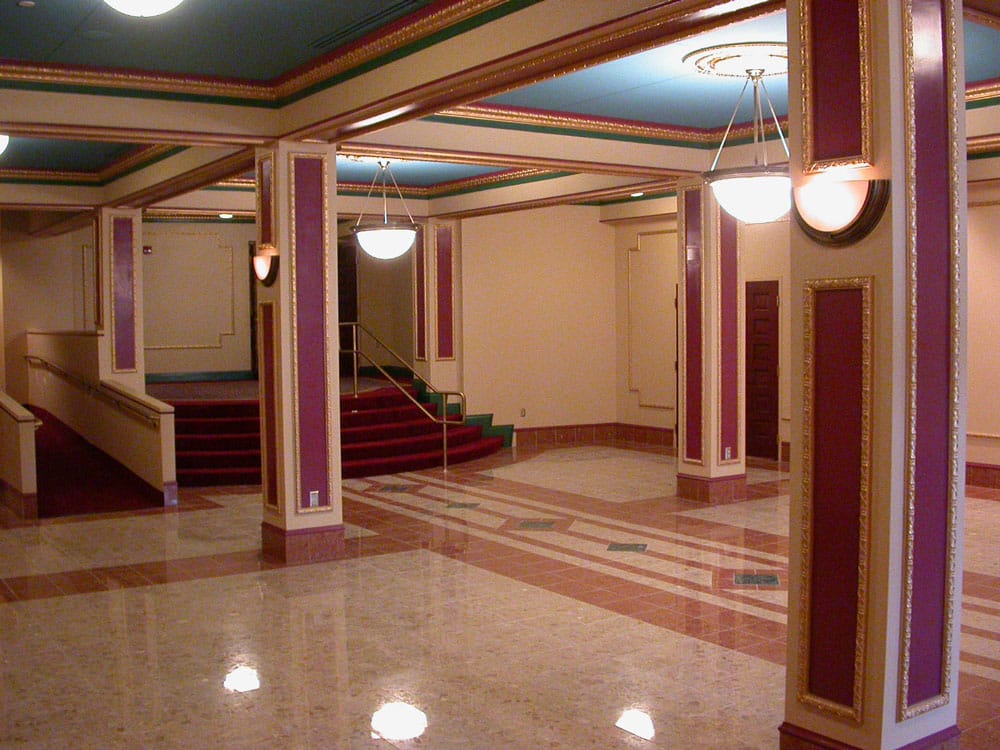
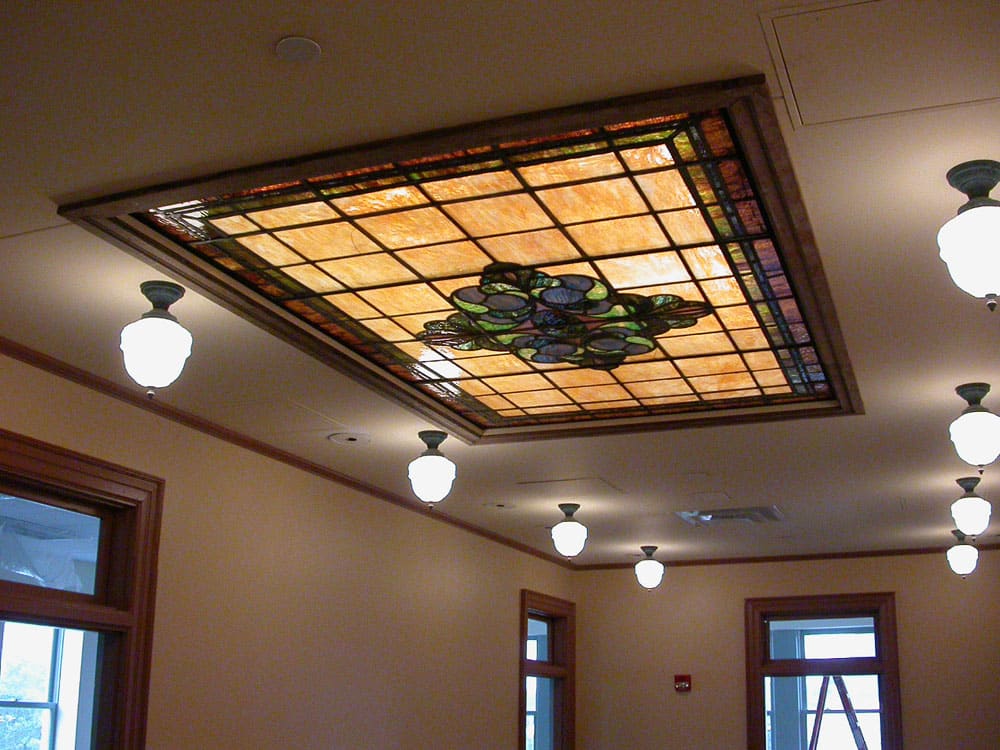
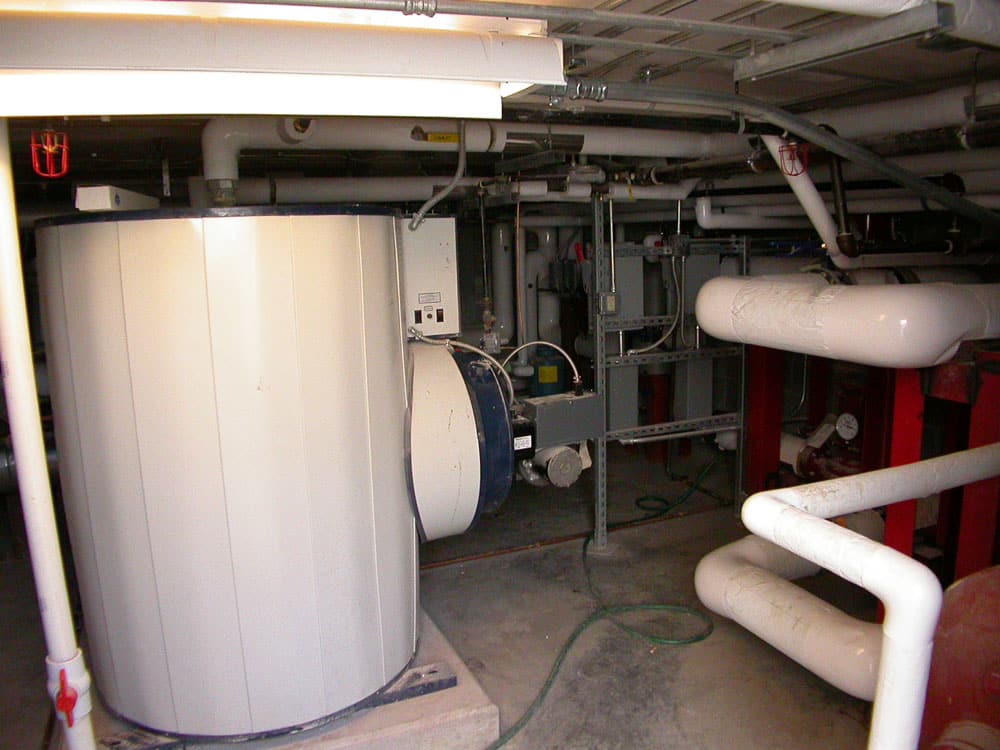
Details:
New plumbing, fire protection, mechanical, and electrical systems were engineered to bring the building up to current code and standards while maintaining the building’s historical integrity.
Mechanical Design:
Some of the special HVAC design elements for the theatre included:
- Tight Quarters: The tight structure made maintaining the original “floor to floor” dimensions in the original portion of the building (office areas)difficult; though, it was accomplished through close coordination with the architect and structural engineer.
- Unsightly air conditioning: The theatre had been modified with the addition of air conditioning many years ago. The effort left the balconies in a weakened condition with giant black air grilles that ruined the “original look” of the theatre. We devised a duct and ceiling diffuser layout that remains “in the background,” allowing the audience to focus on the original architectural detailing.
- Making the theatre quiet: As in any theatre, acoustics are one of the most important design issues to solve. This is especially true for renovated spaces that do not have space allocated for mechanical equipment and ductwork. The systems in this facility were carefully chosen with respect to radiated noise and air-generated noise.
- Period lighting keeps the “original look”: Maintaining the original historical look with respect to lighting for both, interior and exterior surfaces, was quite a challenge. There were several existing fixtures that were found in the theatre dating from the original design that were refurbished. We used period lighting on the exterior of the building that replicated the existing fixture; however, the new fixture was more energy efficient, easier to maintain, produced less glare, and emitted more light than the original.

